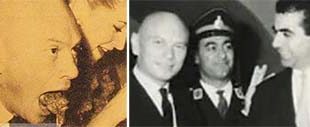In those decades, hats were more than accessories—they were essential elements of a respectable appearance. Men rarely ventured outside without donning a hat, and the fedora, with its practical design and refined silhouette, became a favorite. As a social custom, men were expected to remove their hats when entering homes, churches, or when greeting women—a gesture of respect and etiquette.
The fedora’s popularity rose sharply in the 1920s, bolstered by figures such as the Prince of Wales, who was often seen wearing the style. As a result of this royal endorsement, the fedora soon replaced stiffer hats like the bowler and homburg as the decade’s dominant fashion. By the 1930s and 1940s, the hat was synonymous with class, masculinity, and a touch of mystery—largely due to its portrayal in Hollywood films worn by the likes of Humphrey Bogart and Cary Grant.
The Fedora and Social Class
In both Europe and North America, wearing a hat, particularly a well-made one like a fedora, became a symbol of social status. During a time when class divisions were both rigid and visible, the quality of one’s clothing—hats included—was an outward signal of one’s economic position. Fine materials like beaver fur were expensive, and owning a custom-shaped fedora from a reputable milliner indicated not only style but also financial means.
Those without such means, including laborers or lower-income citizens, were often unable to afford stylish hats. Going out bare-headed was therefore unintentionally revealing, marking a person as poor or nonconforming. This further elevated the fedora’s place in the social hierarchy and embedded the idea that fashion and wealth were intrinsically connected.

